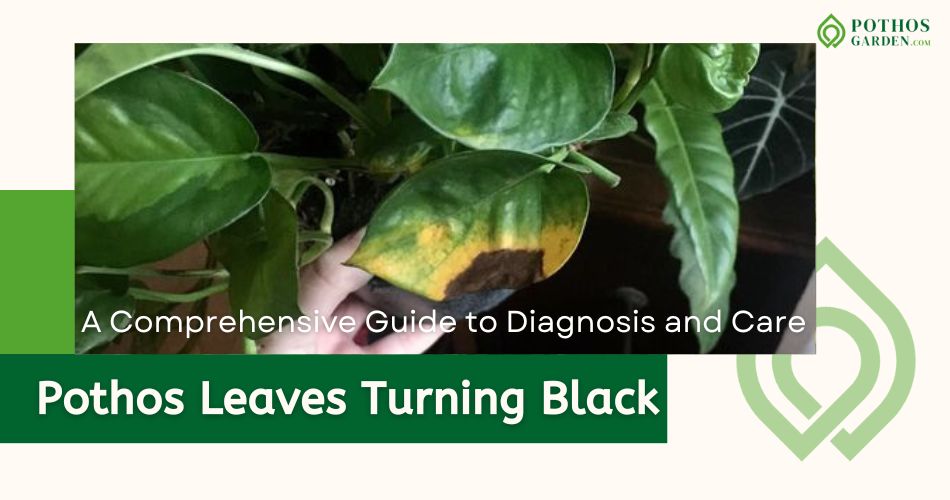Does your house have any pathos? Have you ever noticed the Pothos Leaves Turning Black? Pothos is a well-liked option for those who enjoy indoor plants because of its vibrant green leaves. But among owners of Pothos, one of the most frequent worries is the sudden emergence of black leaves. We’ll examine the numerous causes of this problem in this guide, along with some helpful advice for keeping pothos plants lively and healthy. This article will discuss why Pothos Leaves Turning Black; stay tuned for more details.
What is Pothos?
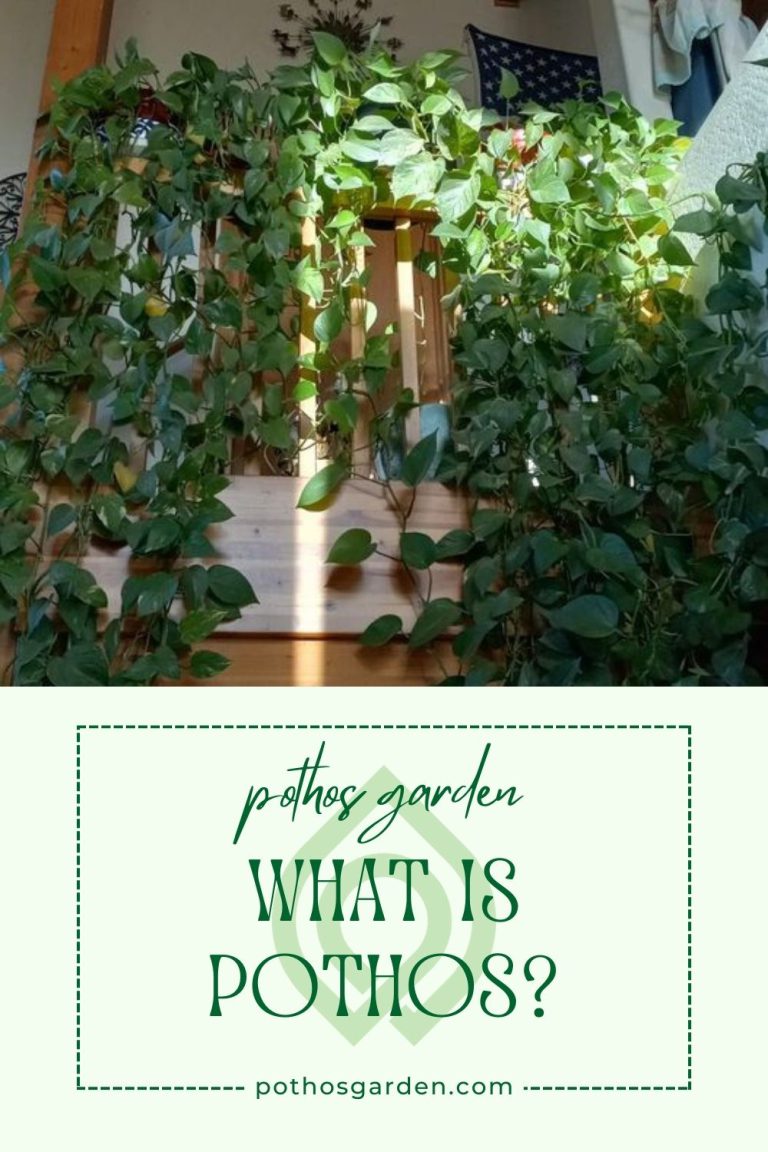
Native to Southeast Asia, Pothos, scientifically known as Epipremnum aureum, is a hardy and adaptable houseplant. Plant enthusiasts of all skill levels love it for its heart-shaped leaves and adaptability to a wide range of environments.
Pothos Leaves as a Plant Health Indicator
A Pothos plant’s leaves are valuable markers of the health of the entire plant. Variations in the color, texture, or appearance of leaves may indicate underlying problems that require care.
Typical Reasons for Pothos Leaves Turning Black
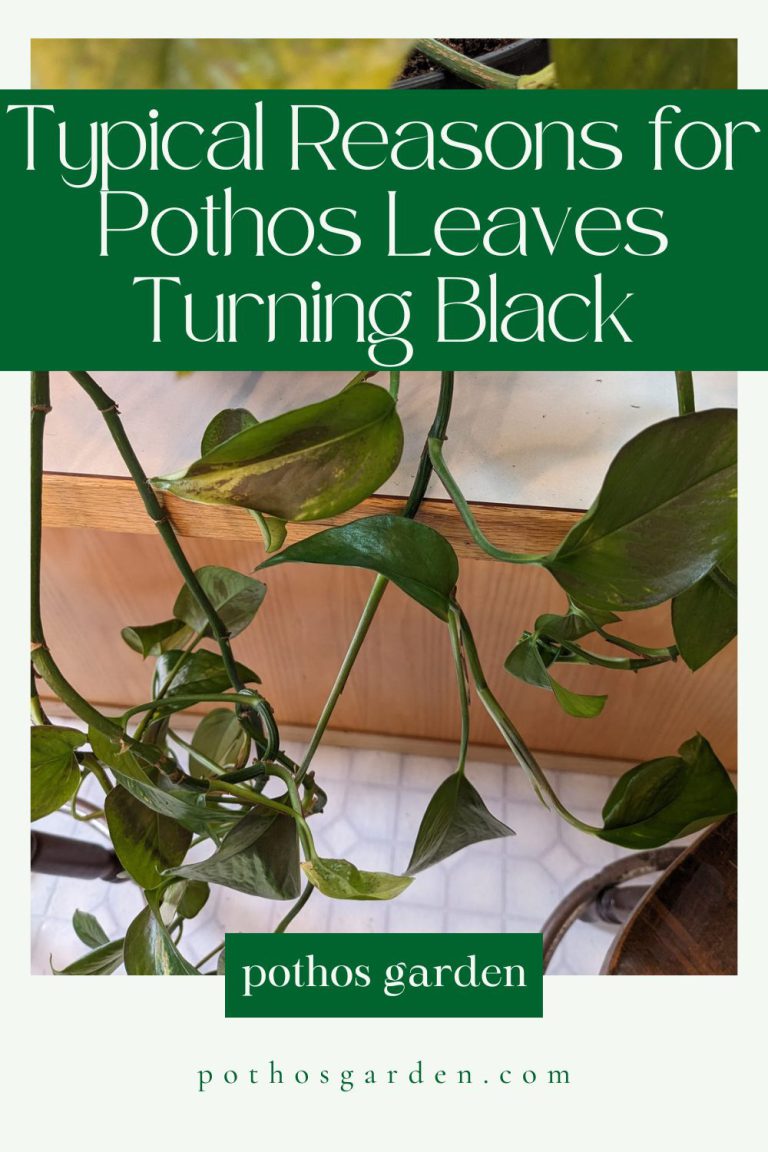
• Leaves After Overwatering
Black leaves are a common mistake caused by overzealous watering. In soggy soil, the roots suffocate, which hinders the plant’s capacity to take in nutrients.
• Diving beneath the surface
Conversely, insufficient watering can cause crispy, dry leaves that eventually turn black. For pothos plants to flourish, regular moisture is necessary.
• Inadequate Drainage
Potting mix with inadequate drainage can make water-related problems worse. Ensuring adequate drainage is imperative to avoid water buildup surrounding the roots.
• Low relative humidity
Pothos plants prefer levels of moderate to high humidity. Low humidity can cause stress to the plant and cause discoloration on the leaves.
Symptoms and Indications
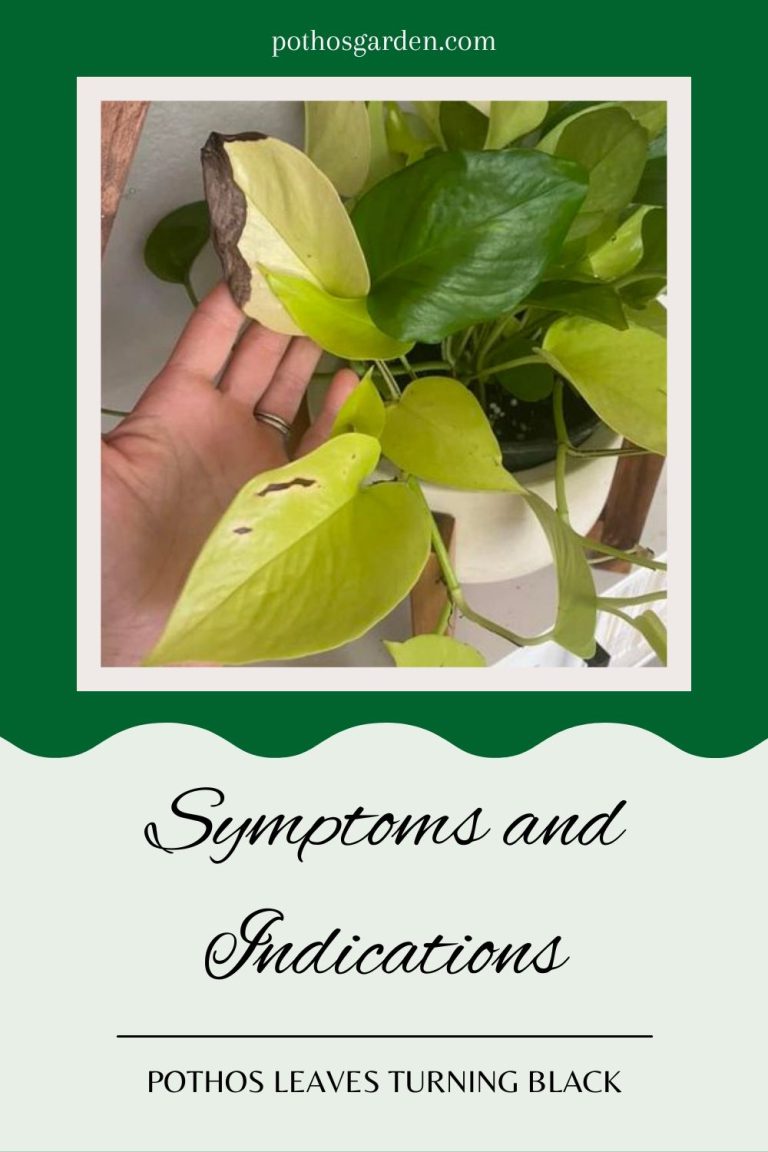
• Black Leaf Visual Cues
Black or dark brown spots on Pothos leaves are frequently the first indication of trouble. Promptly observing these cues facilitates early intervention.
• Variations in the Texture of Leaves
Smooth and firm leaves characterize healthy Pothos. Textural alterations like wilting or softening may point to underlying issues.
• Recognizing the Effects of Overwatering on Root Health
Root rot, a condition where the roots deteriorate from too much moisture, is caused by overwatering. The plant’s capacity to absorb nutrients and water is hampered.
• Advice on Appropriate Watering
Overwatering can be avoided by creating a watering schedule and letting the topsoil dry between applications. To encourage strong root systems, use soil and pots with adequate drainage.
• Handling the Impact of Underwatering on Pothos Leaves
When leaves are submerged, they lose moisture, which eventually causes them to wilt and turn black. The plant can be revived by modifying the watering frequency and ensuring it is thoroughly watered.
• How to Make a Watering Schedule
Establish a regular watering schedule while accounting for variables such as humidity and temperature. Adapt the frequency to the particular requirements of the plant.
The Value of Proper Drainage
• The Impact of Drainage on Root Health
Root rot is less likely due to proper drainage because it keeps water from collecting at the pot’s bottom. Select a potting mix that is well-aerated and encourages ideal drainage.
• Selecting an Appropriate Potting Mix
Water retention and drainage are guaranteed when choosing an appropriate potting mix incorporating organic matter with sand or perlite.
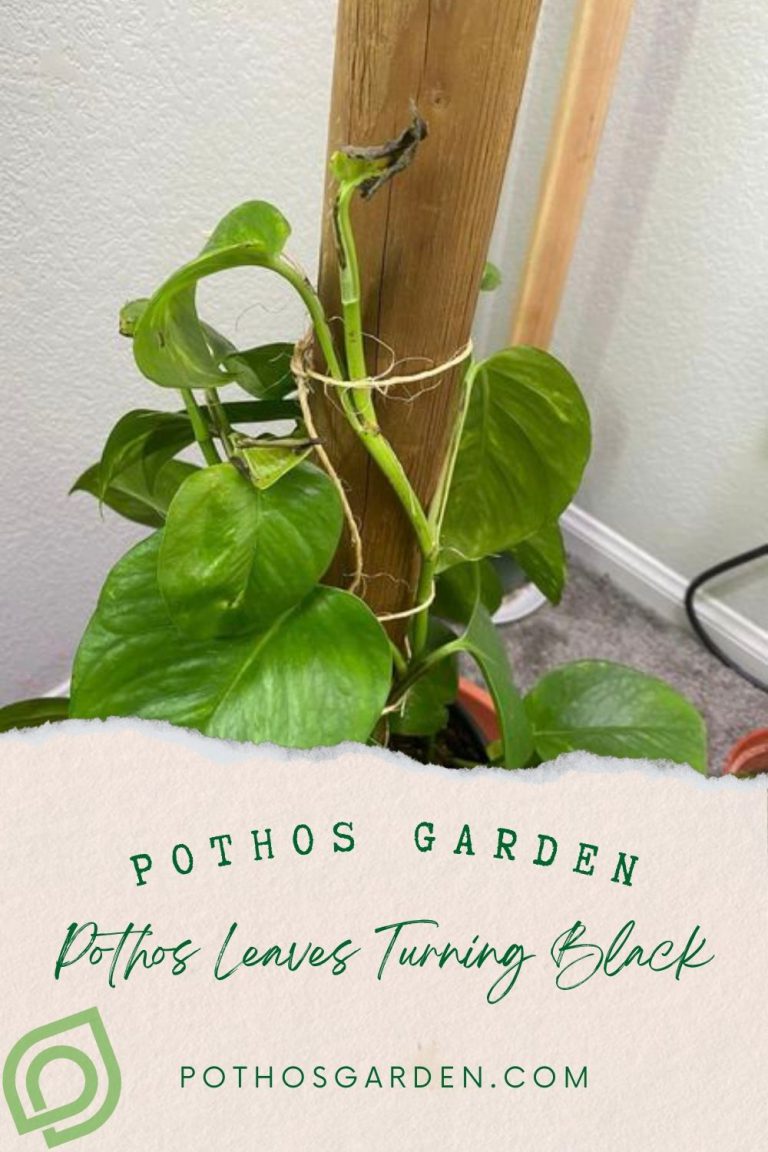
The Function of Moisture
• The Optimal Humidity Range for Pothos
Between 40% and 60% relative humidity is ideal for pothos plants. You can raise the humidity level by misting the leaves or setting a water tray close to the plant.
• How-Tos for Increasing Humidity at Home
Humidity levels can be successfully raised with easy methods like using a humidifier or grouping plants.
• Infestation of Pests: Recognizing Pests on Pothos
Aphids and spider mites are common pests that can turn leaves black. Infestations are avoided by routine inspection and quick treatment with natural remedies.
• Natural Ways to Get Rid of Pests
To keep pests away from plants, use neem oil, insecticidal soap, or a water and dish soap solution.
Lack of Certain Nutrients
• Identifying Nutrient Deficiency Symptoms
Yellowing or browning of the leaves could indicate a deficiency of vital nutrients. To address nutrient deficiencies, use a balanced fertilizer.
• Selecting Proper Fertilizer
For general plant health, choose a fertilizer with equal amounts of potassium, phosphorus, and nitrogen.
• Pruning’s Beneficial for Your Health
Pruning regularly encourages airflow and removes unhealthy or broken leaves to prevent problems from spreading.
• A Comprehensive Guide for Pruning Pothos
Cut them close to the base with clean, sharp scissors to trim yellowed or blackened leaves.
Considerations for Temperature
• Pothos and Sensitivity to Temperature
The ideal temperature range for pothos plants is 65°F to 75°F. Keep them away from drafts and sudden temperature changes.
• How to Keep Your Plant Safe from High Temperatures
To protect Pothos from harsh weather, place them away from windows, doors, and heating vents.
Sunlight Requirements
• Striking the Correct Balance
Pothos can survive in low light, but they prefer medium-to-bright indirect sunlight. Adapt the plant’s location to suit its light needs.
• Changing the Light Exposure to Promote Healthier Leaves
If the leaves are scorched, move the plant to a more shaded location; if the leaves seem lanky, give them more light.
Methods of Propagation
• Growing Strong Pothos Plants
Using healthy cuttings, you can propagate new plants. Ensure the cuttings are propagated in soil or water with at least two nodes.
• Advice for Effective Propagation
When the rooted cuttings have enough roots, transplant them into pots and keep them consistently moist throughout the propagation process.
Preventive Actions
• Formulating a Schedule for Regular Care
Pruning, fertilizing, and watering the plant consistently helps to prevent problems.
• Seeing Changes and Acting Quickly on Them
Check your Pothos frequently for indications of stress or discoloration. Quick action can stop more harm from occurring.
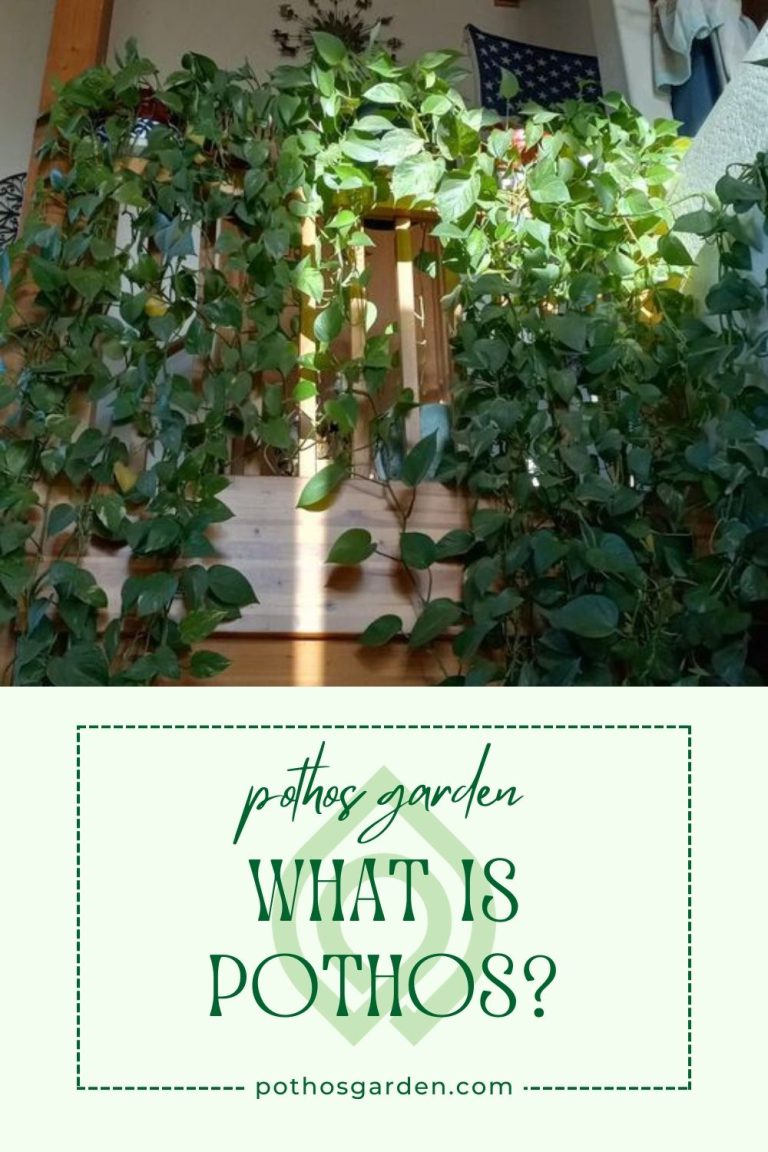
conclusion
In conclusion of Pothos Leaves Turning Black, a comprehensive strategy is needed to take care of Pothos and keep leaves from turning black. Vigilant and proactive care ensures a healthy Pothos plant, from correcting environmental factors to maintaining proper watering habits.

